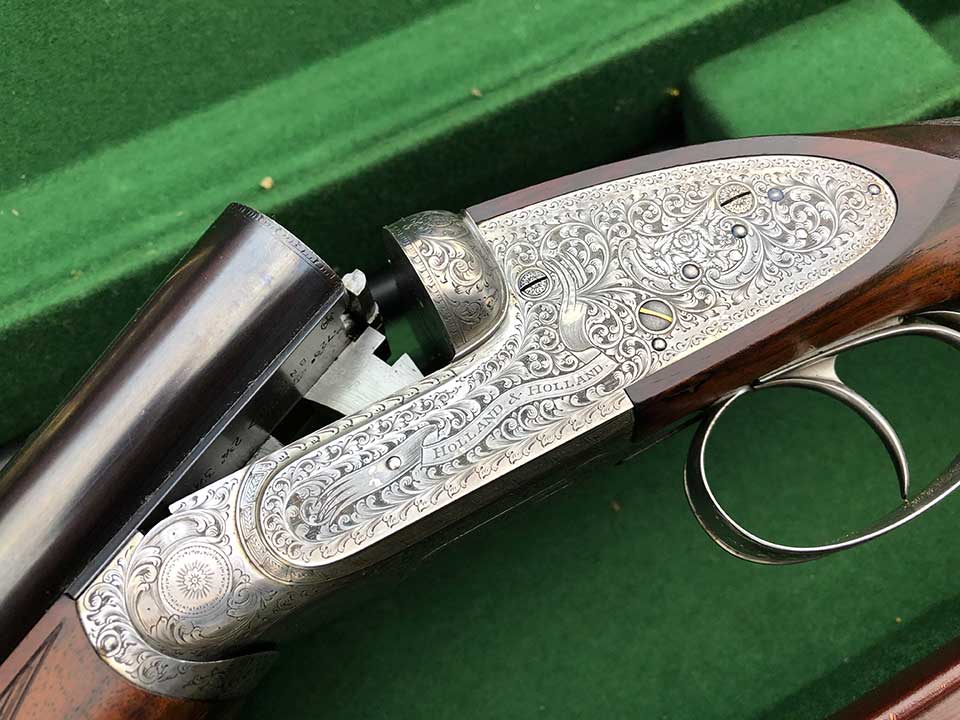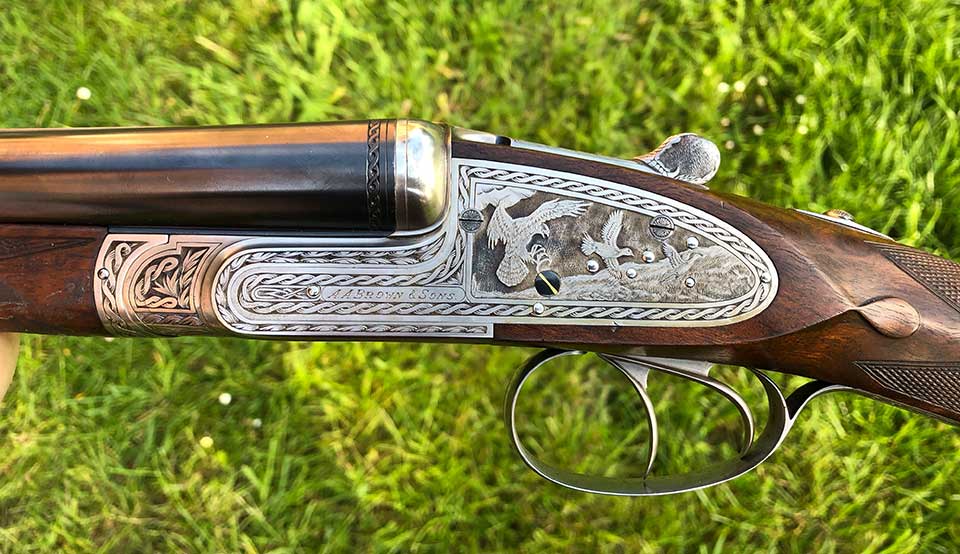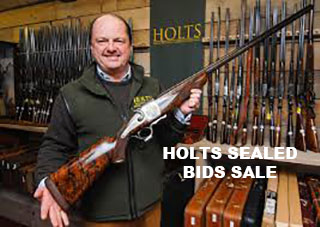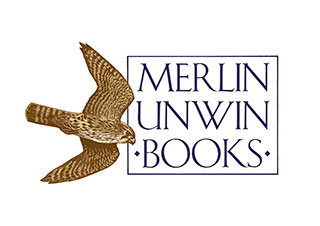What role does the production of new guns have in controlling the prices achieved at auction of relatively recent guns? By that, let’s consider guns made in the last ten or twenty years.
One factor affecting the market is the choice facing a buyer. Should he buy a new gun from the maker, or a ‘nearly new’ gun of similar specification from a dealer or an auction, or, indeed, from the maker?
A recent discussion with a member of Purdey’s sales staff threw-up some interesting issues. In 2010, a ‘standard’ new Purdey side-lock ejector cost £66,000. Today, it costs £141,600. I make that a rise of around 113% in just under a decade. The prices quoted include VAT.
Purdey claim they would now sell a 2010 model in very good condition, for £80,000. They would keep their commission and return £68,000 to the vendor, who has, therefore, made a £2,000 profit on his ownership of his Purdey over the decade he has owned and used it.
That looks pretty good, especially if you consider the typical running costs and depreciation on other luxury mechanical goods Purdey customers are likely to buy; like cars. A 2010 Range Rover, which cost £79,000 new, with a modest 50,000 miles on the clock, can be had today for £16,000.
But I digress. The real issue here is how the inflated prices of new guns keep secondhand values rising with them. We have seen the effect of Purdey’s steep rises and, apparently, healthy sales figures. We must add the caveat that the secondhand prices quoted are those achieved by the maker, selling the gun from a prime London location, to a wealthy customer-base in a discreet manner, with a full guarantee and after-sales service. Buying at auction is very different matter.
So, can we expect to see this inflation pattern continue? If it does, a new Purdey in 2029 will cost about £300,000. Is that sustainable inflation? It certainly does not reflect overall inflation; the price of petrol has not doubled, nor the price of a meal in a restaurant. I wonder what it is about the gun trade that justifies such inflation; especially in a field in which mechanisation has increased, and should have reduced production time and cost significantly.
In the world of luxury goods who knows? If you are getting £750,000 a week in oil revenues, perhaps it doesn’t matter what things cost and if that is Purdey’s customer base of the future, it may well carry on un-affected.
However, in my experience, rich customers did not, generally, get rich by being slack on the financial management side of business and are not prone to deals they don’t see as good value. By comparison, a new Westley Richards ‘drop-lock’ is £59,500 plus VAT and a Rigby ‘rising bite’ shotgun is £79,000. A Boss is around £100,000, plus VAT. You can order a Dickson round action for £45,000 +VAT, or a Holland & Holland 'Royal' for £85,000+VAT. William & Son will build youa sidelock for £76,000 +VAT and a Watson Bros equivalent will set you back agood deal less, at £54,000 including the dreaded VAT. So, there si a wide choice and a broad range of prices amonfg teh offerings from our top gunmakers. There is a lot of difference between £54,000 and £141,000. The question then is how wlll each gun hold its value? Of course, that only matters if you sell it, until then the point is moot.
Another prominent gun maker told me he would always expect to get his customers their money back on guns and rifles built within the last twenty years. The advantage to the customer of buying used guns in this way is that they side-step the four-year waiting time for delivery.
So, how do these retail prices and the dealer-sold secondhand prices line-up alongside those realised at action? Holt’s recently sold a cased 2005 Purdey 12-bore SLE for £25,000, off an estimate of £30,000 - £50,000. A 1984 model sold for £19,000. Both were immaculate and with desirable barrel and stock dimensions. Another 2005 vintage Purdey failed to make its £40,000 reserve.
Gavin Gardiner reflected on auction prices back in the 1980s, when a good vintage (say 1930s) Purdey made 80% of the price of a new one. In 2019, it may make around 10% of new cost. Gavin would expect to catalogue a ‘nearly new’ Purdey at £70,000-£90,000 today. Price tags of vintage Purdeys have not really changed in thirty years, but, back then, the figure represented a third of new cost, not 10%. Perhaps the lesson is that the London retail showroom is a better environment for the vendor of a nearly new gun, than is the auction house.
What it also highlights is the great value that minty English guns are, if you buy those from the 1930s, ‘40s and ‘50s. Prices are historically low. How good does a hardly-used 1947 Purdey side-lock look, with a price tag of £25,000, when compared to the £141,000 new cost? We know it will be reliable and give decades of service, so why not? The conventional wisdom has always been ‘buy low, sell high’. That being the case, good vintage side-locks should be selling like hot cakes.
However, the other issue in a depressed market is that owners don’t want to sell. We have seen a slow-down in the volume and quality of kit coming onto the auction market in recent years, as potential vendors sat on their hands (and their guns) rather than sell collections at a loss. So, paradoxically, we have lower prices, offering great value for guns that are coming on to the market, but weaker supply, as few want to sell. Perhaps something will give.
Published by Vintage Guns Ltd on




